Author: Martin Keen
Released in 2012, Belma hops were discovered growing among other varieties by Yakima Valley’s Puterbaugh Farms who, after realizing it possessed some promising characteristics, dedicated more acreage to it. Contributing a unique blend of fruity notes that’s purportedly led by sweet strawberry, Belma is said to work well in a wide range of beer styles.
Alpha: 8 – 12%
Beta: 4 – 8%
Cohumulone: 34 – 38% of alpha acids
Total Oil: 1.0 – 2.5 mL/100g
Myrcene: unknown
Humulene: unknown
Caryophyllene: unknown
Farnesene: unknown
Linalool: unknown
Geraniol: unknown
ß-Pinene: unknown
Parentage: unknown
Having heard mixed reviews about Belma, I was excited to pick some up for use in a single-hop Pale Ale that I planned to serve to blind tasters for evaluation.
| MAKING THE BEER |
I went with our standard Hop Chronicles Pale Ale recipe for this batch, making minor adjustments to the kettle hop additions to keep the bitterness in check. Thanks to Epiphany Malt for hooking me up with the malt for this batch!
Belma Pale Ale
Recipe Details
| Batch Size | Boil Time | IBU | SRM | Est. OG | Est. FG | ABV |
|---|---|---|---|---|---|---|
| 5.1 gal | 60 min | 41.2 | 4.9 SRM | 1.057 | 1.006 | 6.69 % |
| Actuals | 1.057 | 1.006 | 6.69 % | |||
Fermentables
| Name | Amount | % |
|---|---|---|
| Foundation Malt | 10 lbs | 83.33 |
| Vienna Malt | 2 lbs | 16.67 |
Hops
| Name | Amount | Time | Use | Form | Alpha % |
|---|---|---|---|---|---|
| Belma | 8 g | 60 min | Boil | Pellet | 10 |
| Belma | 10 g | 30 min | Boil | Pellet | 10 |
| Belma | 20 g | 10 min | Boil | Pellet | 10 |
| Belma | 20 g | 5 min | Boil | Pellet | 10 |
| Belma | 56 g | 2 min | Boil | Pellet | 10 |
| Belma | 56 g | 4 days | Dry Hop | Pellet | 10 |
Yeast
| Name | Lab | Attenuation | Temperature |
|---|---|---|---|
| Flagship (A07) | Imperial Yeast | 77% | 32°F - 32°F |
Notes
| Water Profile: Ca 117 | Mg 0 | Na 8 | SO4 156 | Cl 75 |
Download
| Download this recipe's BeerXML file |
I started off my brew day by flipping the switch on my 240v Clawhammer Supply electric controller to heat up the RO water I’d adjusted to my desired profile before incorporating the milled grains.
When the water was properly heated, I incorporated the grains and set the controller to maintain my desired mash temperature of 152°F/67°C before preparing the kettle hop additions.
Once the 60 minute mash rest was complete, I removed the grains and proceeded to boil for 60 minutes, adding hops at the times stated in the recipe. When the boil was complete, I chilled the wort with my CFC during transfer to a sanitized fermenter.
A refractometer reading showed the wort was at my target OG.
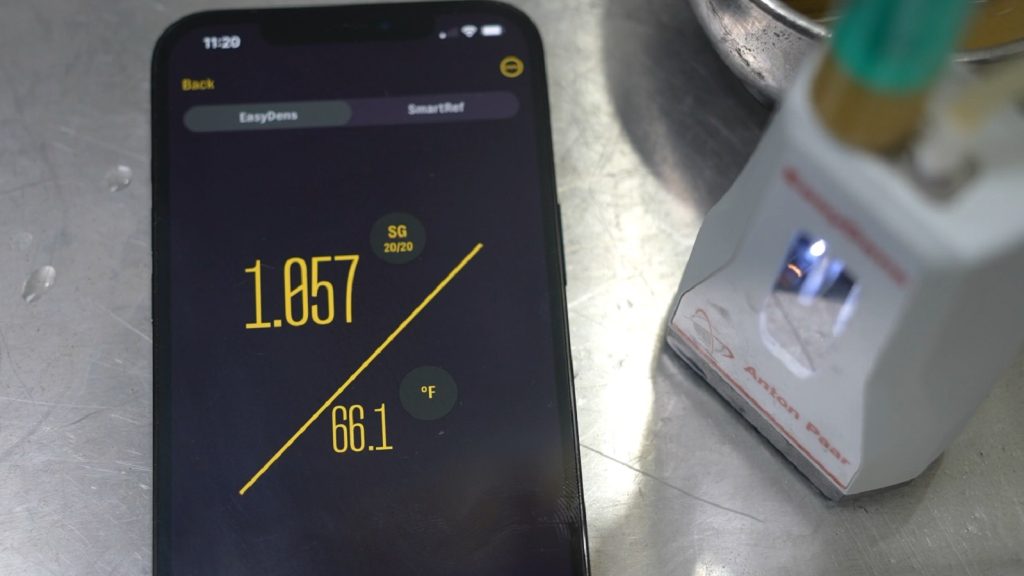
Next, I direct pitched a single pouch of Imperial Yeast A07 Flagship into the wort.
After 3 days of fermentation at 66°F/19°C, I added the dry hop charge then left the beer alone for another 6 days before taking a hydrometer measurement confirming FG was reached.
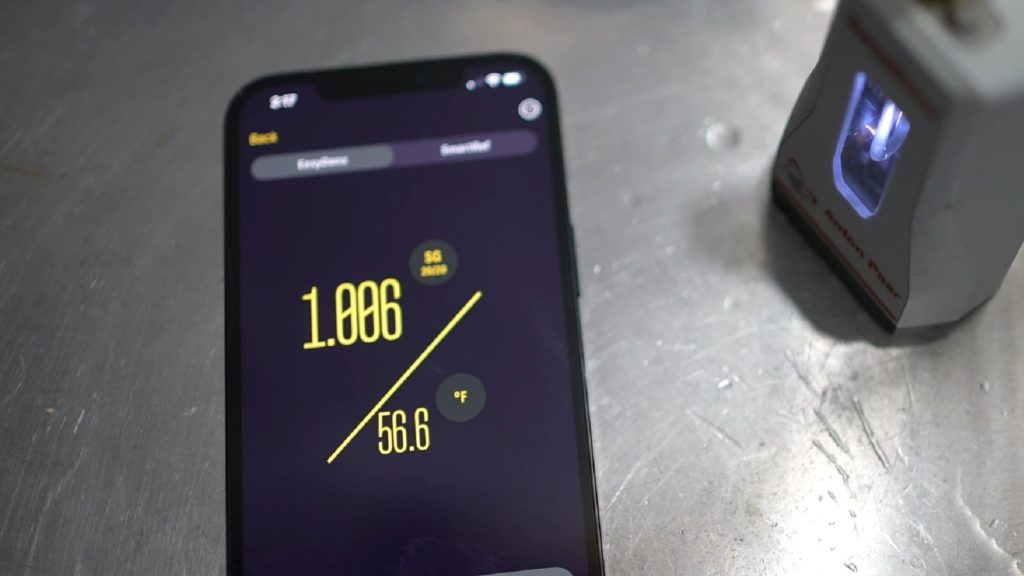
With fermentation complete, I pressure-transferred the beer to a CO2 purged keg that was placed in my keezer and burst carbonated overnight before I reduced the gas to serving pressure. After a week of conditioning, I began serving it to blind tasters.
| METHOD |
Participants were instructed to focus only on the aromatic qualities of the beer before evaluating the flavor. For each aroma and flavor descriptor, tasters were asked to write-in the perceived strength of that particular characteristic on a 0-9 scale where a rating of 0 meant they did not perceive the character at all and a 9 rating meant the character was extremely strong. Once the data was collected, the average rating of each aroma and flavor descriptor was compiled and analyzed.
| RESULTS |
A total of 23 people participated in the evaluation of this beer, all blind to the hop variety used until after they completed the survey. The average aroma and flavor ratings for each descriptor were plotted on a radar graph.
Average Ratings of Aroma and Flavor Perceptions
The 3 characteristics endorsed as being most prominent by participants:
| Aroma | Flavor |
| Citrus | Citrus |
| Tropical Fruit + Melon (tie) | Melon |
| Apple/Pear | Spicy/Herbal + Resinous (tie) |
The 3 characteristics endorsed as being least prominent by participants:
| Aroma | Flavor |
| Earthy/Woody + Onion/Garlic (tie) | Dank/Catty |
| Resinous | Berry + Onion/Garlic (tie) |
| Grassy | Stone Fruit |
Next, participants were asked to rate the pungency/strength of the hop.
Tasters were then instructed to identify beer styles they thought the hop would work well in.
Finally, participants were asked to rate how much they enjoyed the hop character on a 1 to 10 scale.
My Impressions: The most notable characteristics I perceived in this single-hop Belma Pale Ale was strawberry, which I accept may very well have been due to my bias – the variety is supposed to impart strawberry, and that’s what I picked up. Either way, I was very pleased with how this beer turned out!
| CONCLUSION |
Most brewers would likely agree that playing with new hops is one of the more exciting aspects of brewing beer, as it allows for the exploration of novel aroma and flavor profiles. While a majority of modern hops were developed through intentional breeding efforts, some were discovered growing wild, which is the case for Belma, a variety known to impart a unique sweet strawberry character that works well in a wide range of styles.
The most prominent aroma and flavor characteristics noted by people who evaluated a Pale Ale made solely with Belma were citrus and melon, while onion/garlic, earthy/woody, and dank/catty were among the least endorsed characteristics. Interestingly, tasters rated the beers as possessing a rather low berry aroma and flavor, which goes against existing descriptions of this variety. While a majority of tasters felt Belma would work well in APA/IPA, they also rated it has having a mild to moderate pungency with a generally middling preference for the single-hop beer.
In my own evaluation of this Belma Pale Ale, I perceived what I would describe as a strawberry note, though considering the blind taster data, it seems my perception may have been influenced by my awareness of existing descriptions of this hop. Regardless, I rather enjoyed the unique characteristics Belma contributed to this beer and look forward to using it in different styles as well as in combination with other varieties in the future.
Belma hops are available now at Yakima Valley Hops, get some while you can! If you have any thoughts on this variety, please feel free to share them in the comments section below.
Support Brülosophy In Style!
All designs are available in various colors and sizes on Amazon!
Follow Brülosophy on:
FACEBOOK | TWITTER | INSTAGRAM
If you enjoy this stuff and feel compelled to support Brulosophy.com, please check out the Support page for details on how you can very easily do so. Thanks!

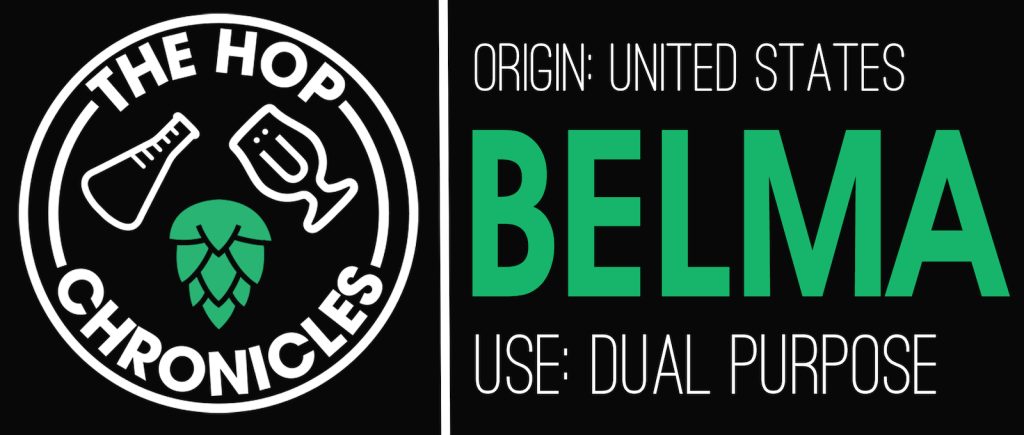

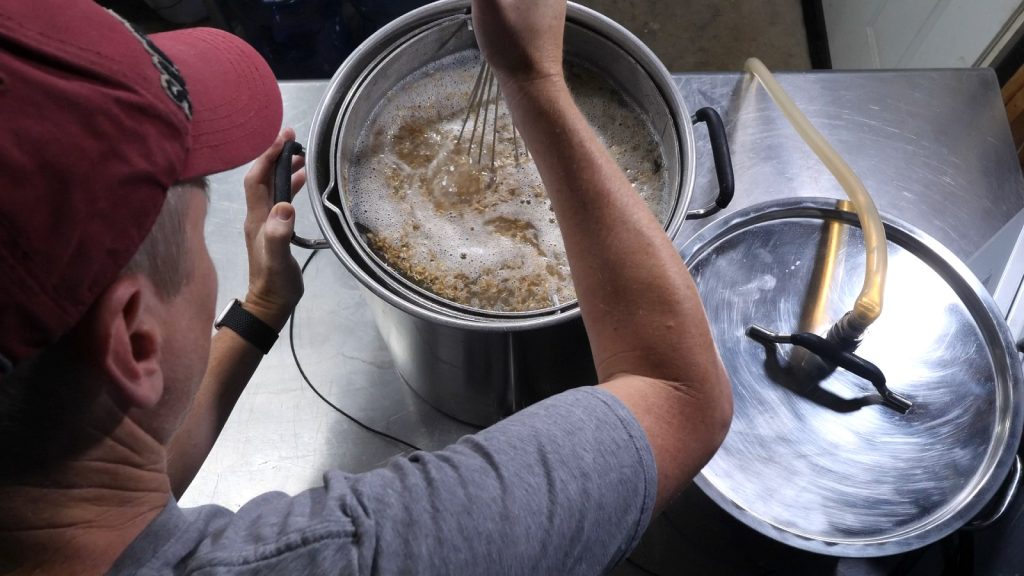
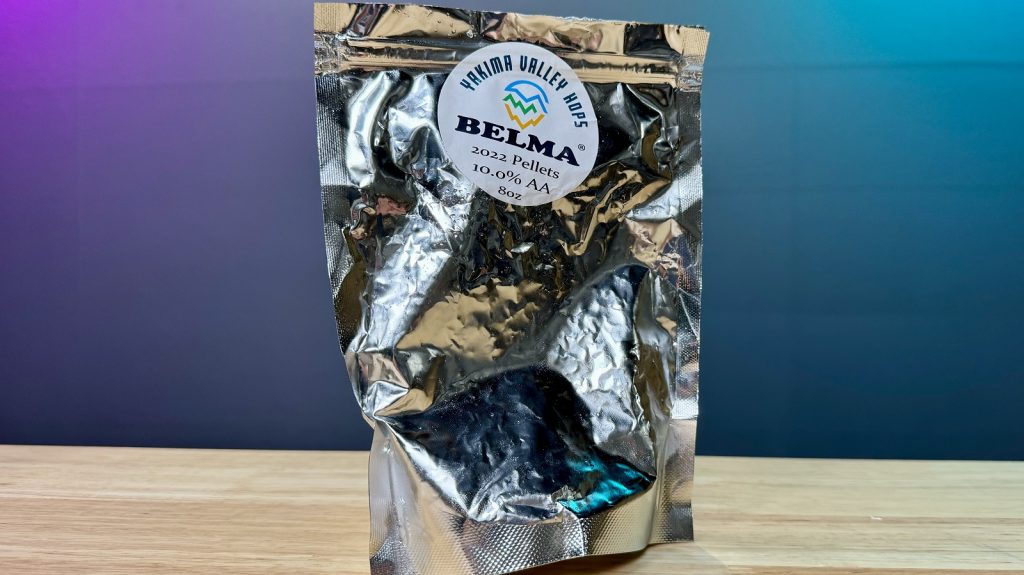
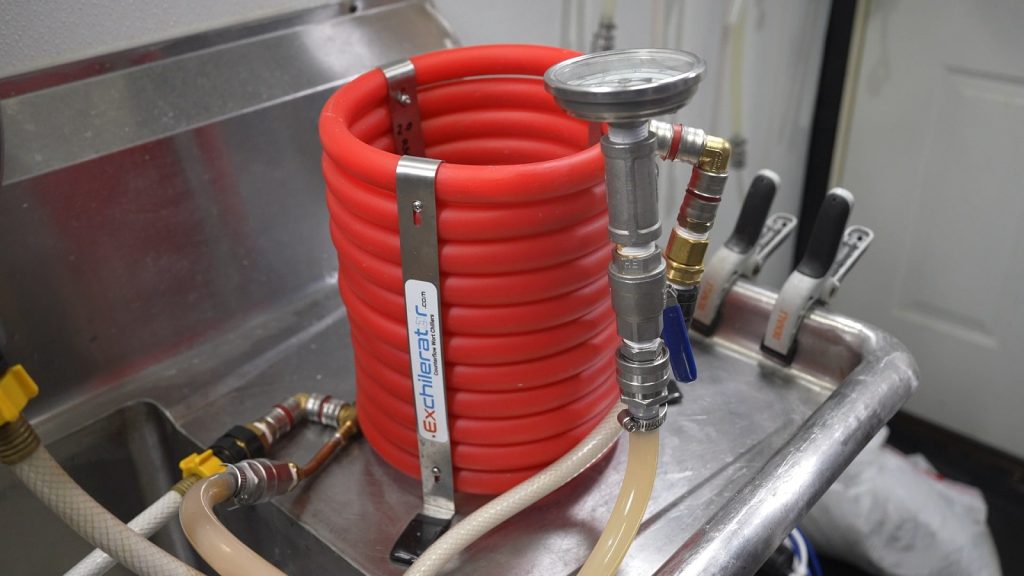
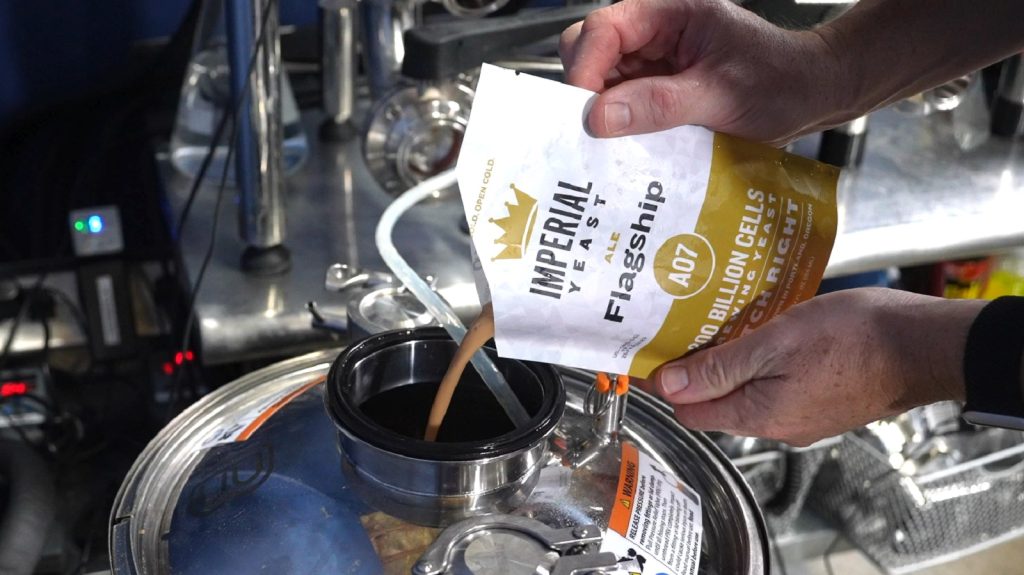
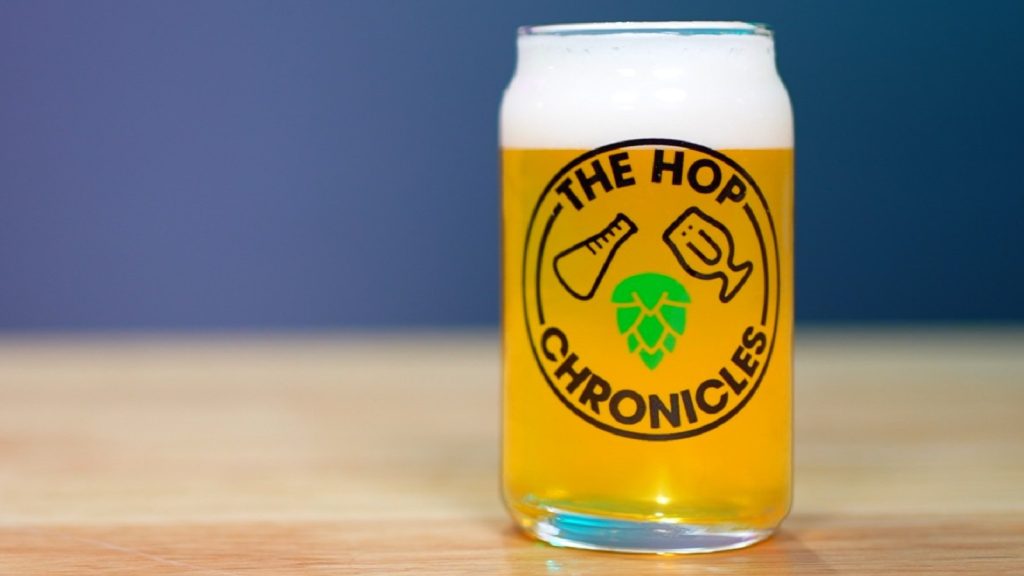

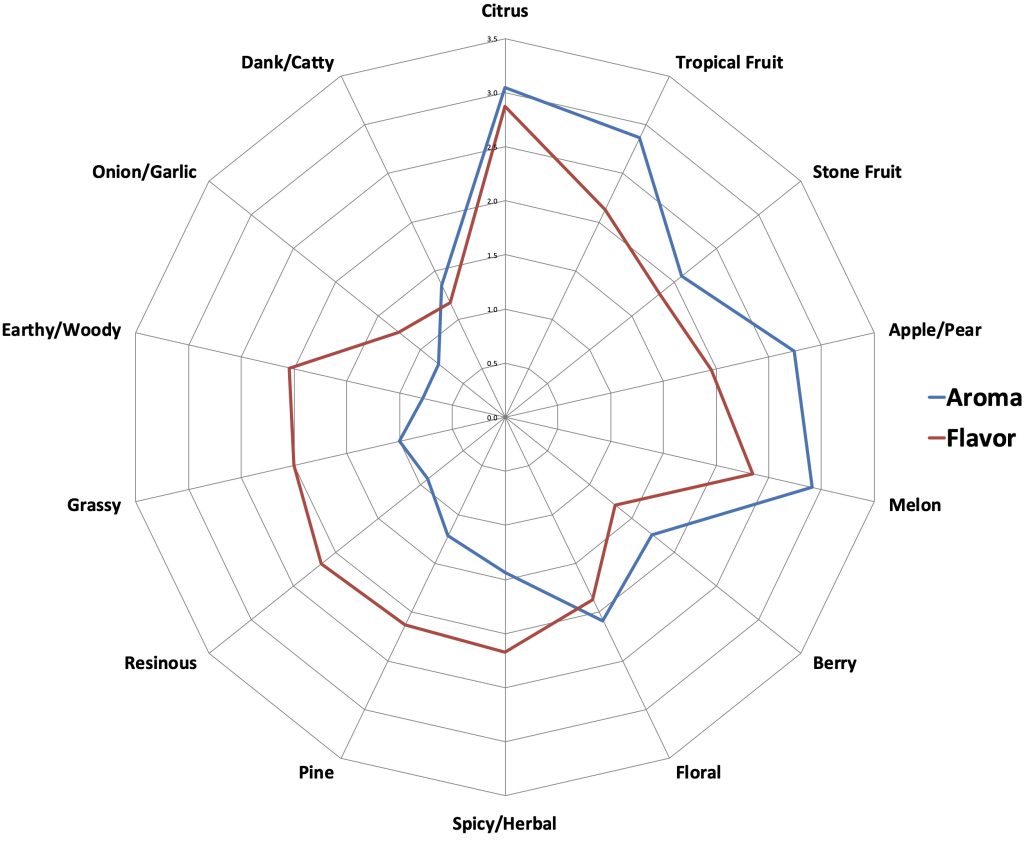
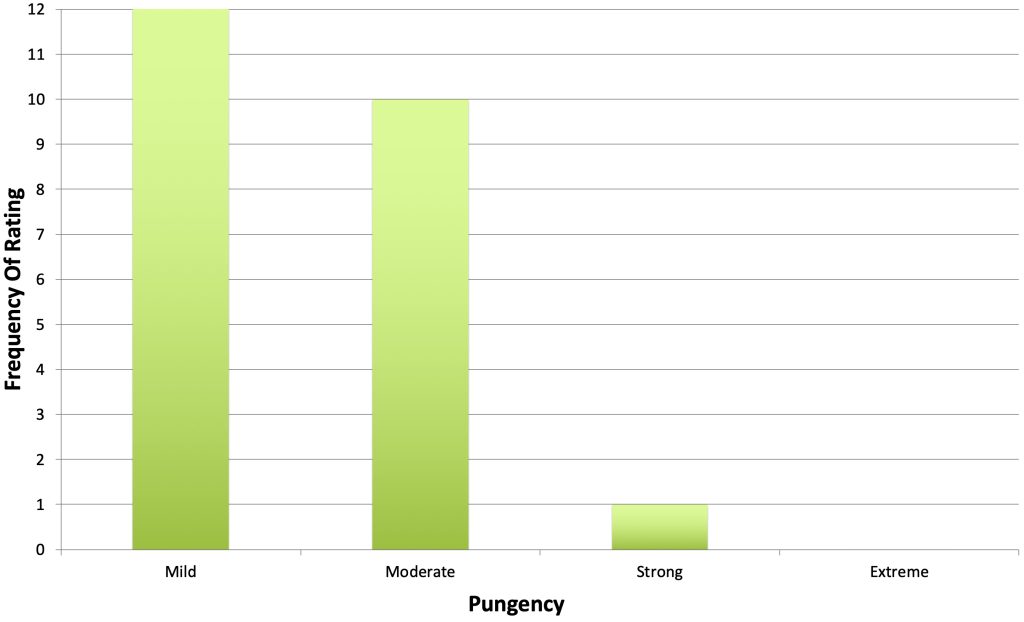
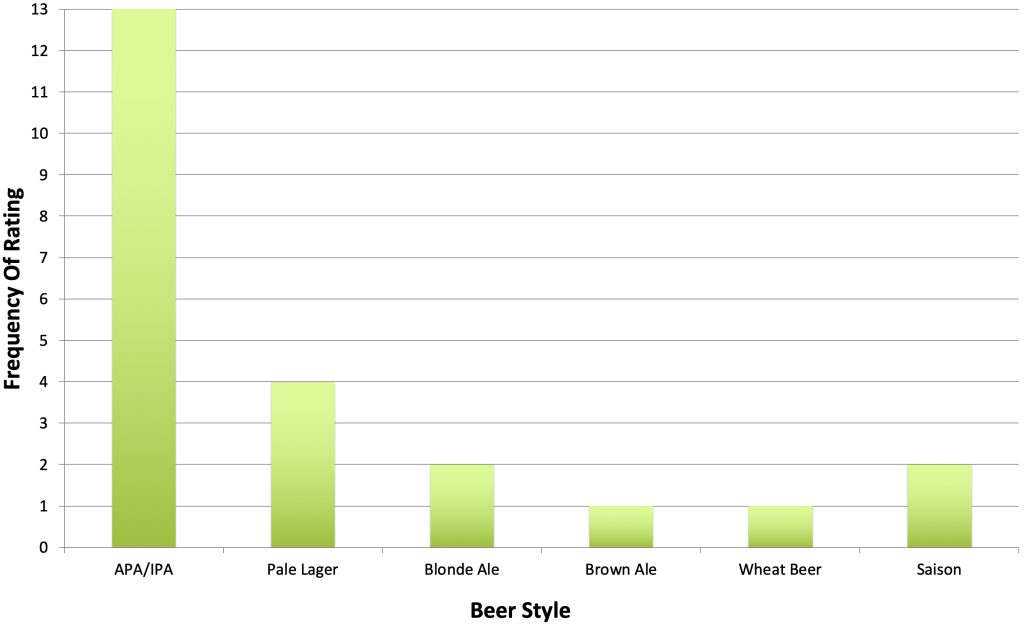
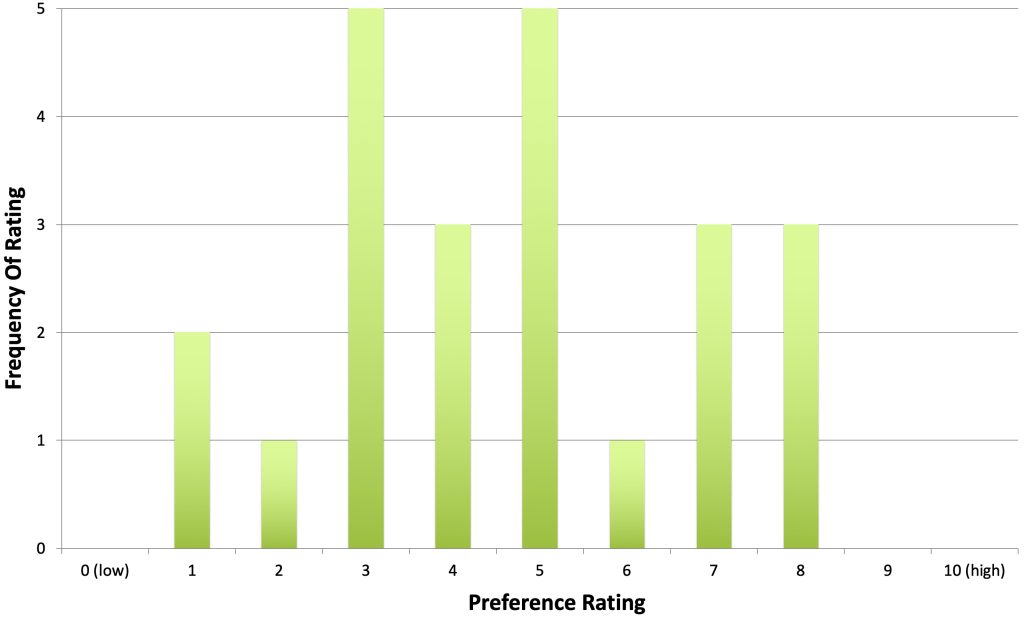











2 thoughts on “The Hop Chronicles | Belma (2022) Pale Ale”
I used it in a hop stand for a Belgium Tripel recipe (I know, not traditional) and turned out really nice.
What is that hydrometer/refractometer gadget that hooks up to your phone?